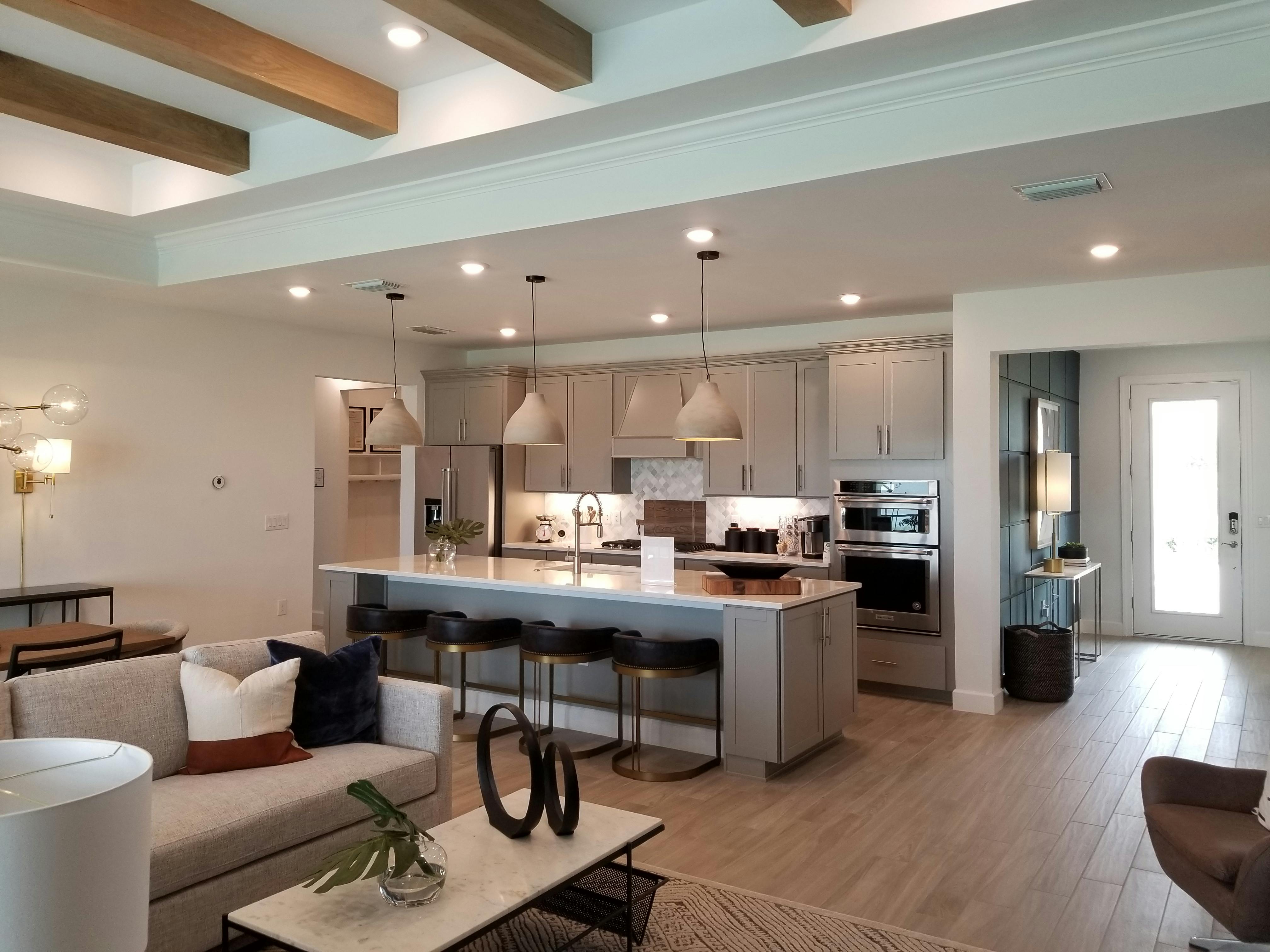Selling your home can be a daunting task, but proper staging can make a significant difference in attracting potential buyers and securing a quick sale. Staging your home effectively highlights its strengths and allows buyers to envision themselves living there. In this blog post, we’ll guide you through the essential steps to stage your home for maximum appeal and ensure it stands out in the competitive real estate market.

The Importance of Home Staging
Home staging is the process of preparing a property for sale in the real estate market. The goal is to make the home more appealing to the highest number of potential buyers, thereby selling the property more swiftly and for more money. Effective home staging goes beyond mere cleaning and decorating; it involves creating a neutral yet welcoming environment that showcases the property’s best features. According to the National Association of Realtors, staged homes sell 73% faster than non-staged homes, and for up to 17% more money.
Begin with a Deep Clean
A spotless home is a fundamental step in staging. Buyers are more inclined to appreciate a home that appears well-maintained. This means cleaning everything from windows and floors to carpets and countertops. Consider hiring professional cleaners to ensure every nook and cranny is spotless. Pay special attention to the kitchen and bathrooms, as these are critical areas for buyers. Remove any signs of mold, mildew, and grime, and ensure that all surfaces sparkle.
Declutter and Depersonalize
One of the keys to effective staging is helping potential buyers envision themselves in the space. Start by removing personal items such as family photos, memorabilia, and personal collections. Declutter every room, including closets and storage spaces. A clutter-free home appears more spacious and inviting. This might require you to rent a storage unit for a short period. The goal is to create a blank canvas that allows buyers to imagine their own belongings in the space.
Neutralize the Decor
Neutral colors appeal to the broadest audience. If your walls are painted in bold or unusual colors, consider repainting them in shades of white, beige, or light gray. These colors create a serene and clean backdrop that allows buyers to focus on the home itself rather than the decor. Additionally, ensure that your furniture and accessories complement this neutral palette. Avoid overly trendy or personal styles that may not resonate with everyone.
Focus on Curb Appeal
First impressions matter, and the exterior of your home is the first thing potential buyers see. Ensure your lawn is well-maintained, bushes are trimmed, and walkways are clean. A fresh coat of paint on the front door, clean windows, and attractive landscaping can significantly boost your home’s curb appeal. Consider adding some potted plants or flowers to create a welcoming entrance. A well-kept exterior sets the tone for what buyers can expect inside.
Create Inviting Living Spaces
Arrange furniture to create inviting, functional spaces that highlight the room’s purpose. In the living room, position sofas and chairs to encourage conversation. Ensure there’s a clear traffic flow and that no furniture blocks windows or doorways. Use tasteful accessories like throw pillows and rugs to add warmth and color, but avoid clutter. Each room should have a distinct function; for example, a home office should clearly be set up as a workspace, and a dining room should feature a table and chairs, not serve as a catch-all space.
Light it Up
Lighting can dramatically affect the mood and feel of a home. Maximize natural light by opening curtains and blinds during showings. Clean the windows to let in as much light as possible. In rooms that lack natural light, ensure there are adequate artificial lighting options. Use a combination of ambient, task, and accent lighting to create a warm and inviting atmosphere. Consider updating old light fixtures with modern, stylish ones to enhance the overall appeal.
Highlight Key Features
Every home has unique features that set it apart. Whether it’s a beautiful fireplace, a stunning view, or custom-built cabinetry, make sure these features stand out. Arrange furniture and decor to draw attention to these elements. For example, place a few elegant chairs around a fireplace or set up a cozy reading nook by a large window. By highlighting these features, you create memorable focal points that can sway buyers’ opinions in your favor.
Appeal to the Senses
Staging isn’t just about visual appeal; it’s about creating a sensory experience. Use light, pleasant scents to make your home more inviting. Avoid strong air fresheners that might be off-putting; instead, opt for natural scents like freshly baked cookies, brewed coffee, or a subtle vanilla candle. Soft background music can also set a relaxing tone during showings. Pay attention to the temperature, ensuring the home is neither too hot nor too cold.
Tidy Up Outdoor Spaces
Outdoor spaces are increasingly important to buyers, especially in areas with pleasant weather. Stage your backyard, patio, or balcony to show how these areas can be used for relaxation or entertainment. Arrange outdoor furniture in conversational groupings and add some decorative elements like cushions, lanterns, or a cozy throw blanket. If you have a garden, ensure it’s well-tended, and consider planting some seasonal flowers to add color.
The Final Touches
Before each showing, do a final walkthrough of your home. Make sure beds are made, countertops are clear, and the home smells fresh. Double-check that all lights are on and all areas are tidy. Small details like fresh flowers in a vase or a bowl of fruit on the kitchen counter can make a big difference in creating a welcoming atmosphere.
Hire a Professional Stager
If you’re unsure about your staging abilities, consider hiring a professional stager. They have the expertise to transform your home into a buyer’s dream and can often bring in furniture and accessories that enhance the appeal of your space. While this is an additional expense, the return on investment can be substantial, often leading to quicker sales and higher offers.
Virtual Staging
In today’s digital age, virtual staging has become a popular option. This involves using digital tools to add furniture and decor to photos of empty rooms. It’s a cost-effective way to help buyers visualize the potential of a space without the need for physical furniture. High-quality virtual staging can be just as effective as traditional staging, particularly for online listings.
Conclusion
Staging your home effectively can make a significant difference in how quickly it sells and the price you receive. By following these steps, you can create a welcoming, attractive environment that appeals to a broad range of potential buyers. Remember, the goal is to make it easy for buyers to see themselves living in your home, so focus on creating a clean, neutral, and inviting space. With the right preparation, your home can stand out in the competitive real estate market and attract the offers you’re hoping for.

Amazon Affiliate Links
- Desk Riser https://amzn.to/3Lisfae
- Laptop https://amzn.to/3XWTDlB
- Photo Video Studio https://amzn.to/3W2H9Gt
- Camera https://amzn.to/3W2H9Gt
- Polo Shirthttps://amzn.to/4cLrT89
